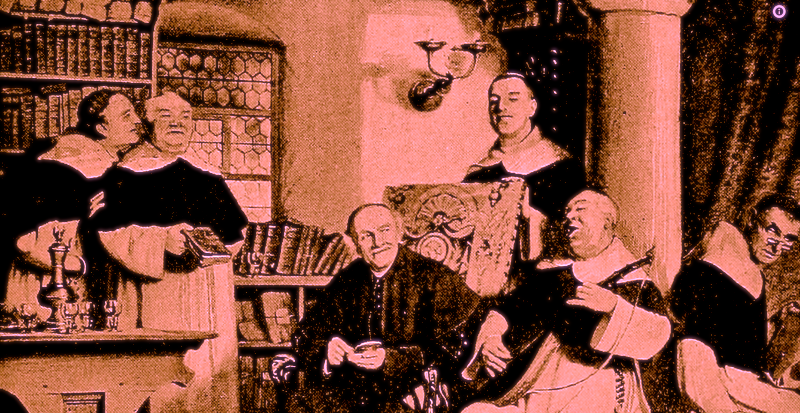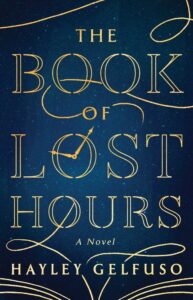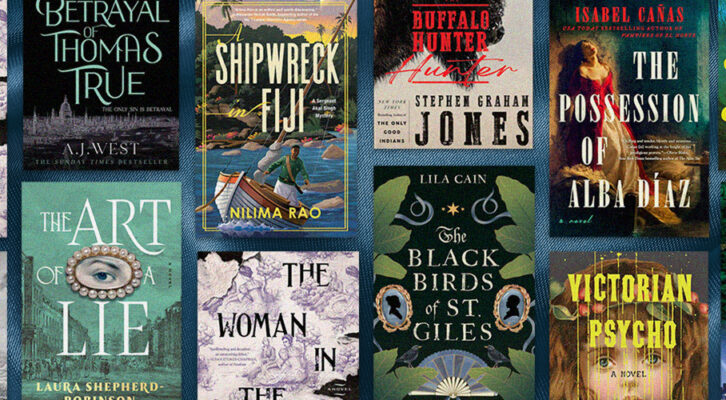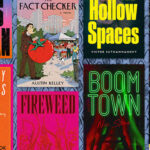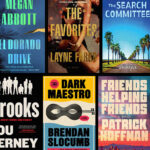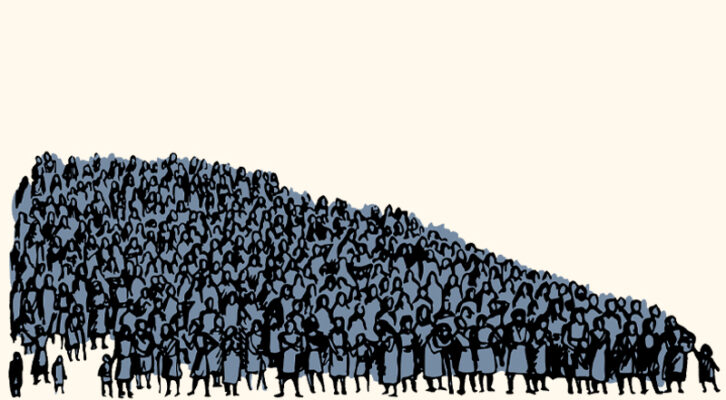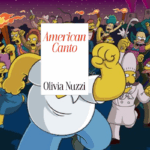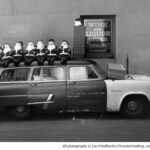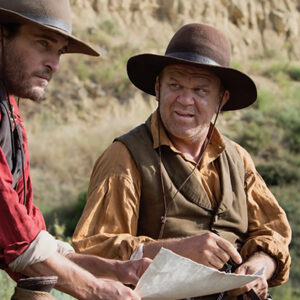You can tell a lot about a person by how they hold a pen. In a quiet, dimly lit room, a man bends over a desk with a pen in hand. He moves with care, each stroke of ink deliberate as he works to translate a document intercepted on its way to someone else. Some sentences he renders faithfully. Others he alters or omits. What remains will look authentic enough..unless you know what was there before. Beyond the walls, there is a war brewing, but here the air is still, the only sound is the whisper of ink over paper.
At first glance, this could be a scene from a John le Carré novel. But then the image pulls back, revealing not a man in a tailored suit with a 007-style bow tie, but a monk’s simple habit. The walls of the room are made of stone, illuminated by the glow of candleflame. On the desk is a letter meant for a king, entrusted to the cloister by an unsuspecting political envoy.
Now slide the centuries forward, like a film reel flicking from one frame to the next. The desk is the same. The posture is the same. But the monk’s habit is replaced by a CIA badge, candlelight has become the low hum of fluorescent tubes, and the paper in front of him is an intercepted cable from a foreign embassy. And yet, in both rooms, the task is the same. To handle information so that, by the time it reaches its destination, it says exactly what the keeper intends.
This is not just a coincidence of history. It is a profession that has worn many uniforms.
The centuries between these two men dissolve when you follow the thread of their work.
When I began writing The Book of Lost Hours, I thought I was writing about a library. In truth, I was writing about gatekeepers. Those who decide what survives. In researching the settings for the book (which were created from both monastic history and that of the early CIA), I fell down a rabbit hole of religious archives and CIA case files, and when I surfaced, I realized that the early CIA, in many ways, had more in common with medieval monks than with the cinematic spies who dominate popular imagination. Both monk and spy live in worlds built on silence, discipline, and the slow accumulation of knowledge. Both are trained to notice what others miss. And both understand that information is not simply gathered. It is sculpted, concealed, weaponized.
Both monk and spy live in worlds built on silence, discipline, and the slow accumulation of knowledge.In the cloister, secrecy was as natural as breathing. Monks could travel under the cover of pilgrimage or ecclesiastical duty, crossing borders without suspicion. Across wars, couriers concealed letters in ingenious ways (in hidden folds called “letterlocking”, coded language, or even in clothing) while monastic guest houses and hospitality rules made abbeys natural waystations news that could easily be collected and passed on by unassuming monks. In Renaissance Florence, the Dominican friar Girolamo Savonarola wielded information like a blade. From the pulpit, he thundered with prophecy, blending faith with politics to topple the Medici. Behind the scenes, he corresponded selectively with foreign powers like King Charles VIII of France, securing Florence’s survival while evading papal wrath. Across Europe’s wars, monasteries became hidden nodes. Safehouses for messengers, vaults for documents too dangerous to trust to a wandering courier. Sometimes their role was to preserve knowledge.
Sometimes it was to make it vanish.
Centuries later, the CIA moved in similar shadows. In the 1980s, during U.S. efforts to undermine Nicaragua’s Sandinista government, the Agency quietly produced a manual titled Psychological Operations in Guerrilla Warfare, instructing Contra fighters on how to stage incidents for sympathetic coverage, seed rumors, and frame events to sway opinion. The Reagan administration’s Office of Public Diplomacy planted unattributed opinion pieces in newspapers, blending fact the way a medieval scribe might slip a pointed phrase into the margin of a sacred text. The goal was not only to win allies in the moment, but to fix the version of events that would become history.
In postwar Berlin, a single street could divide East from West. Agents lingered in cafés, nursing bitter coffee while listening to the way a priest hears confession. They traveled under diplomatic cover, cultivated sources in the press and universities, and kept their expressions unreadable. Like the monks, they didn’t just collect intelligence. They shaped it. Both friar and field officer understood the same truth. Whoever controls the narrative controls the future.
For both the monk and the agent, their work demanded invisibility. A monk might slip across a border disguised as a pilgrim. A CIA operative could leave a reception with a dozen new leads gathered between small talk and a plate of hors d’oeuvres.
It demanded discipline. The novice monk bent to the Rule, memorizing chants and living by the toll of bells. The CIA recruit learned cryptography, surveillance, languages, and the art of seeming ordinary in dangerous places.
And it demanded secrecy, not just in the work, but in the self. For the monk, silence was devotion. For the agent, survival. In both worlds, speech was rationed and words withheld. A lifetime of service could pass, and the most important acts be known only to a handful of trusted eyes.
It is tempting to romanticize the keeper of secrets, as though withholding truth were always noble. Spy novels paint agents as protectors of the common good, while books like The Name of the Rose frame monks as guardians of truth and justice. In reality, guarding knowledge often means controlling it.
Medieval monasteries preserved some of Europe’s earliest great libraries, housing works of scripture, philosophy, medicine, and navigation. But the monks who kept them were not
merely faithful librarians. They were also censors. Every book was copied by hand, and the decision of what to copy, and what to let fade, was deliberate. Works labeled heretical or politically dangerous could be sequestered in restricted collections, accessible only to the trusted few. Many libraries chained their books to lecterns (a common security measure to prevent theft of rare volumes) but restriction of access was another form of control. The most personal manuscripts were Books of Hours, portable prayer books that shaped not just daily devotions but entire worldviews. That’s why The Book of Lost Hours carries the title it does. It’s a nod to the Book of Hours, but in my story, the “lost” hours are the ones that were meant to have been edited out. Removed from the official record, hidden away in an archive, or altered until they mean something entirely different.
The CIA’s archives were no less curated. Their “library” was a vault of classified reports, intercepted cables, and field dispatches. Analysts decided what to pass along, what to redact, and what to bury. One missing line could change a policy decision; one reworded paragraph could shift a government’s stance. Like the monks, CIA officers weren’t only preserving knowledge, they were editing it to fit an agenda. The Agency also understood the cultural power of the book itself. During the Cold War, it funded literary journals through the Congress for Cultural Freedom, smuggled banned works across borders, and covertly distributed Russian-language copies of Doctor Zhivago at the 1958 Brussels World’s Fair. A paperback, placed in the right hands, could destabilize a regime as subtly as any covert operation.
On the battlefield of ideas, monk and spy alike knew the victors decide which words survive.
Which leads me to the question that drove me to write The Book of Lost Hours. If the record has always been shaped by unseen hands, how much of what we know is the whole truth, and how much is exactly what someone, centuries or seconds ago, wanted us to believe?
It would be comforting to think this is all ancient history. That the age of the monastic scribe and the Cold War operative has passed. But their habits (if not their habits) have simply changed. Today, our “monasteries” are cloud servers. Our “scriptoria” are algorithmic feeds. The gatekeepers no longer wear robes or carry badges, but the work is the same. The tools have shifted — quills for keyboards, parchment for data packets — yet the craft remains intact. And somewhere, even now, a man bends over his desk with a pen or keyboard in hand, while the world outside carries on, unaware.
If you think you’d spot the edit — well. You might. If they wanted you to.
***

